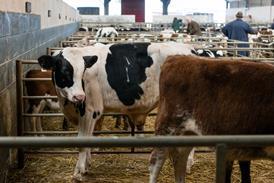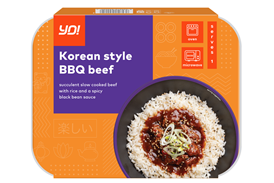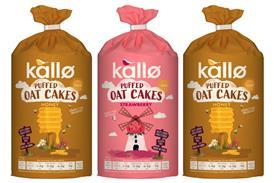ndrex toilet tissue (1942), first used in hospitals, was one of the very few brands to emerge while World War II was in full swing. Understandably, manufacturing of consumer goods - not to mention new brand development - took a back seat to military matters.
Cardboard and tin were in short supply at this time, and manufacturers were compelled to scale back packaging. Many brands were given smaller labels and flimsier cartons, and colourful, ink-heavy pack designs were toned down.
But it was rationing that had the biggest impact on the grocery trade. The first products to be rationed - on 8 January 1940 - were bacon, butter and sugar, followed by meat, tea, jam, biscuits, breakfast cereals, cheese, eggs, lard, milk and canned fruit and, in February 1942, even soap.
The need for self-sufficiency also meant ‘digging for victory’ - aka growing your own - while recipes such as the Woolton pie - root vegetables in a sauce of vegetable water, rolled oats and spring onions, topped with potato pastry and grated cheese - were promoted by the Ministry of Food to help people maintain a good diet.
Nor did the cessation of the war bring an end to rationing. In fact, bread rationing was introduced in 1946 and lasted until 1948. Rationing of sweets ended in April 1949, but was brought back due to strained supplies. It wasn’t until 1954 that rationing stopped, though in August 1946 free milk was introduced for school children.
With the war over, however, the 1940s saw some important developments in terms of brands: new manufacturers included Golden Wonder (1947) and Walkers crisps (1948). Meanwhile, Rowntree’s rolled out Polo Mints (1948) and Mars created Spangles (1948).
Household appliances were improving. The microwave oven was invented, making use of wartime radar technology, and in 1948 the Hoover Company opened a washing machine factory in Merthyr Tydfil.
But the most important innovation, so far as the grocery market was concerned, was the self-service grocery store. The Co-op, Marks & Spencer, Tesco and others all claim to have launched the first of these revolutionary stores in 1947, though of course it wasn’t until 1951 that the first supermarket in the sense we know it today was introduced.
History of Brands
- 1
- 2
- 3
- 4
- 5
- 6
- 7
- 8
- 9Currently reading
History of brands: the 1940s
- 10
- 11
- 12
- 13
- 14
- 15














No comments yet